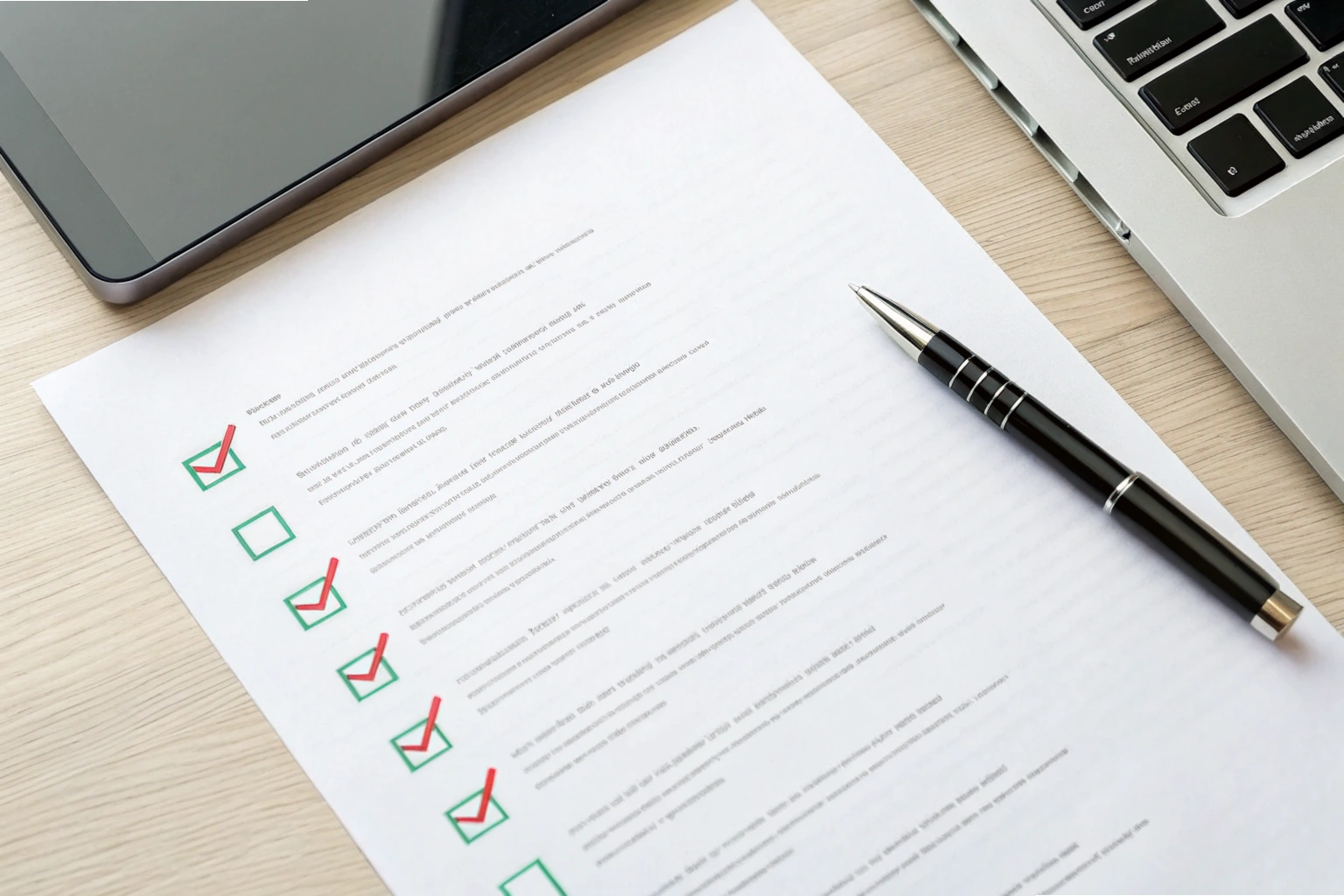
I once nearly trusted a supplier who claimed “we export to the U.S.”—only to find that no clients could be contacted. Since then, I always demand verifiable U.S. references before proceeding.
Yes — suppliers can provide U.S. client references to prove their export capability for custom metal parts. Below are 10 insights about how to request, validate, and interpret those references—and what red flags to watch out for.
What type of client references should you request?
Not every reference is equally helpful—some carry far more weight than others.
You should request references that are detailed, verifiable, and relevant to your custom metal parts needs: contact info, project summaries, documentation, and export papers if possible.

Table: Types of U.S. References to Ask For
| Reference Type | Details to Request | Why It Matters |
|---|---|---|
| U.S. Client Contact | Company name, contact person, role, phone/email | Enables you to reach out and verify directly |
| Project Summary / Case | Part type, materials, tolerances, finishes, quantity, timeline | Ensures the past project is analogous to your needs |
| Redacted PO / Invoice | Buyer’s name (U.S.), order date, part codes, amounts | Shows actual executed transactions |
| Quality / Inspection Reports | First-article, CMM data, test reports | Verifies technical competence and measurement control |
| Export Documents | Certificate of Origin (C/O), Bill of Lading, packing list | Demonstrates they handled U.S. export / customs paperwork |
For extra reliability, check if suppliers provide ISO 9001 certification 1 or references listed in ThomasNet directories 2.
How do you validate the authenticity of references?
Just because a supplier gives you references doesn’t mean they’re real or truthful.
You validate authenticity by cross-checking company info, contacting references directly, checking consistency, and using independent logistics or import data.

Table: Validation Checklist for Supplier References
| Step | What to Check | Method / Tool |
|---|---|---|
| Company Legitimacy | Does the reference’s company exist and look real? | Website, LinkedIn, SEC registration 3 |
| Direct Contact | Reach out to the reference for confirmation | Email or phone call with specific questions |
| Data Consistency | Compare data the supplier gave vs reference answers | Order numbers, dates, part specs |
| Logistics / Records | Look for export / import records or B/L | Panjiva 4, ImportGenius 5 |
| Document Audit | Compare redacted invoices / reports vs claims | Check matching names, signatures, header data |
If any step fails or responses sound evasive, that reference’s reliability should be questioned.
Should you speak directly with past U.S. customers?
Yes — direct communication often reveals much more than static documents.
Talking to past U.S. clients gives you insight into quality, communication, responsiveness, and whether any problems were handled well.

Tips when contacting references:
- Introduce yourself, explain your due diligence process, and keep it professional.
- Ask if they are comfortable answering a few short questions about the supplier’s performance.
- Focus on specific, pointed questions (see below).
- Pay attention to how detailed or vague their responses are.
- Note whether they are willing or reluctant—reluctance may itself be a red flag.
Industry guides such as HBR supplier due diligence checklist 6 can also help frame your conversation.
What questions should you ask a supplier’s reference?
Good questions lead to revealing answers. Avoid general or yes/no questions.
Here’s a table of strong, revealing questions to ask a supplier’s U.S. reference:

| Topic | Sample Question |
|---|---|
| Quality & Specifications | “Did the parts meet your required tolerances, material specs, and surface finishes without rework?” |
| Delivery & Scheduling | “Were deliveries made on time, and how did the supplier handle unexpected delays?” |
| Export / Documentation | “Did the supplier provide accurate export paperwork, Certificate of Origin, and classification?” |
| Packaging & Transport | “Were parts packaged to avoid damage? Did any damage occur in transit?” |
| Communication & Transparency | “Was the supplier proactive and clear when issues arose?” |
| After-Sales Support | “When defects or discrepancies were found, how effectively did they respond or compensate?” |
| Repeat Business | “Did you place follow-on orders? Why or why not?” |
To strengthen your verification, check U.S. ITA import regulations 7 and NIST manufacturing standards 8 for compliance context.
Conclusion
Yes, requesting U.S. client references is a powerful way to validate that a Vietnamese supplier knows how to export custom metal parts to the U.S. Just make sure you get detailed, verifiable references; validate them thoroughly; speak with past customers; and ask smart, probing questions. Verified references, combined with documentation and import data, dramatically reduce sourcing risks.
Footnotes
1. ISO 9001 certification signals quality management experience. ↩︎
2. ThomasNet directory confirms U.S. manufacturer or buyer legitimacy. ↩︎
3. SEC company database helps verify U.S. corporate existence. ↩︎
4. Panjiva import data verifies supplier shipment history. ↩︎
5. ImportGenius import records confirm U.S. trade activity. ↩︎
6. HBR checklist for supplier due diligence. ↩︎
7. ITA guide to U.S. import regulations. ↩︎
8. NIST standards outline U.S. manufacturing compliance. ↩︎
9. Flexport freight forwarding guide explains logistics support. ↩︎
10. NHS due diligence advice on supplier checks. ↩︎

